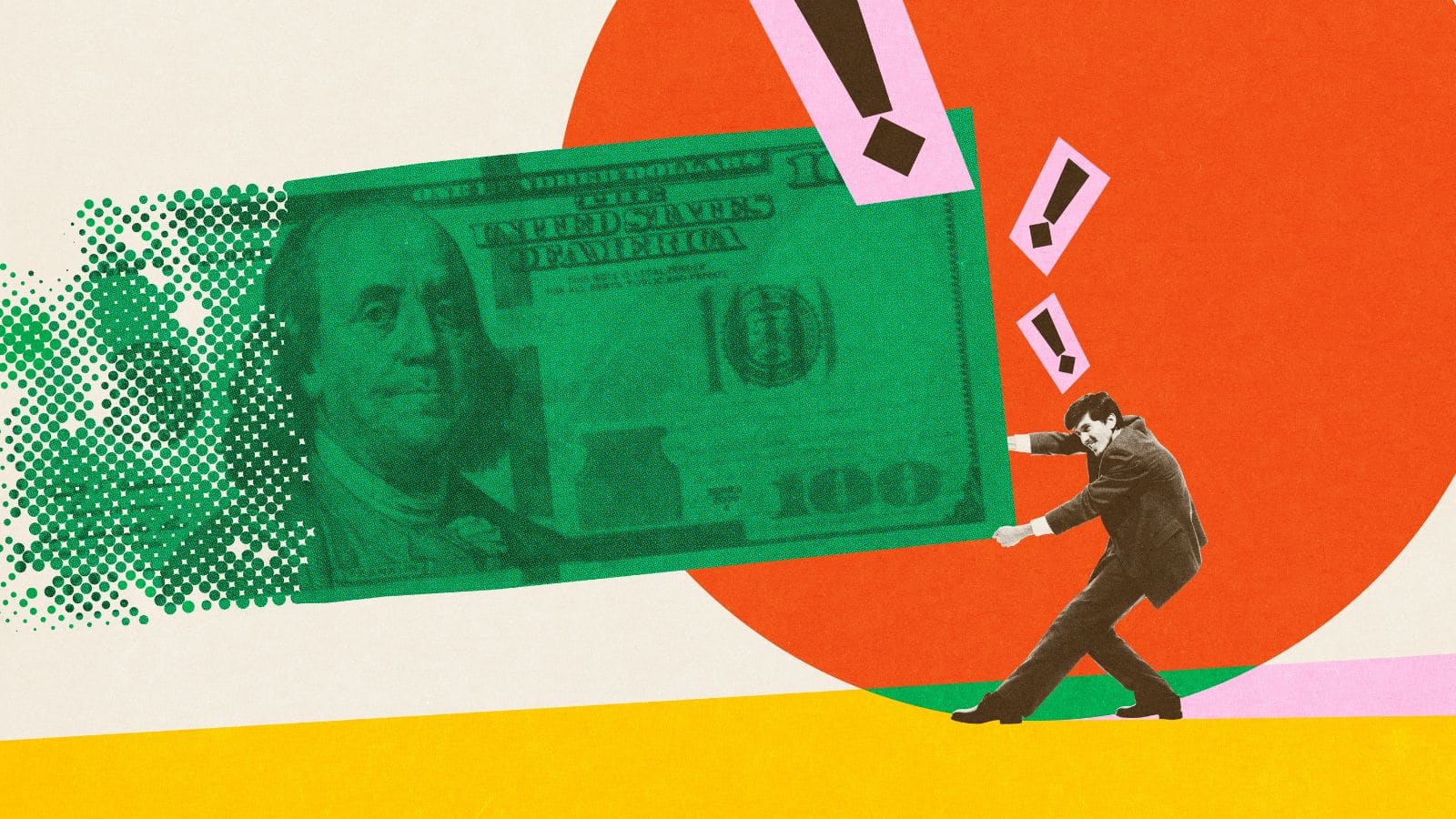Inflation is showing up in daily life in ways that go beyond price tags. People are changing how they shop, cutting back on extras, and putting off bigger purchases. These fourteen shifts are becoming part of everyday routines and financial decisions.
Dinner Parties Over Dining Out

More people are swapping restaurant meals for home gatherings. Hosting lets you control costs while still enjoying good food and company. Potluck-style meals make it even easier to keep expenses low without giving up social time.
💸 Take Back Control of Your Finances in 2025 💸
Get Instant Access to our free mini course
5 DAYS TO A BETTER BUDGET
Repair Shops Getting Busier

Instead of replacing appliances, electronics, or furniture, people are opting for repairs. Small businesses that specialize in fixing things are seeing more customers than ever. Extending the life of what you own has become a clear money-saver.
Side Hustles Becoming the Norm

From online freelance work to weekend gigs, more households are adding extra income streams. Inflation has pushed many to rethink “one job” as enough. The shift is making side hustles part of regular budgeting.
Grocery Store Swaps

Shoppers are switching brands, sizes, and even entire food categories to cut costs. Generic and store-label items are selling faster than some name brands. Bulk buying has also seen a rise as people try to stretch every dollar.
Subscription Cancellations

Streaming services, beauty boxes, and meal kits are getting cut from monthly budgets. People are becoming more selective, keeping only the subscriptions they use often. Many are returning to free or low-cost entertainment options instead.
Shorter Vacations

Travel hasn’t disappeared, but it’s often scaled down. People are choosing fewer days, closer destinations, or skipping flights in favor of road trips. This keeps costs in check while still getting a break from routine.
Carpooling Comebacks

With gas prices staying high, carpooling is back on the table for commutes, school runs, and errands. Apps and community groups are making it easier to coordinate rides. The savings on fuel and parking are worth the planning.
Secondhand Shopping Going Mainstream

Thrift stores, consignment shops, and online resale platforms are getting more attention. Shoppers see it as a way to score deals and avoid paying full price. It’s also helping stretch clothing and home décor budgets.
Smaller Portions at Restaurants

To avoid raising menu prices too much, some restaurants are quietly reducing portion sizes. Diners are noticing lighter plates for the same cost—or more. It’s changing how people perceive value when eating out.
DIY Home Upgrades

Instead of hiring contractors, many are tackling projects themselves. YouTube tutorials and affordable tools make it easier to learn as you go. It’s saving money, even if the work takes a little longer.
Delayed Major Purchases

Cars, appliances, and furniture are staying on wish lists longer. People are waiting for better deals, sales, or lower interest rates before committing. This shift is slowing down big-ticket spending across industries.
Multi-Generational Living

Families are moving in together to split housing costs. This setup helps with childcare, elder care, and shared expenses. While it requires adjustments, the financial benefits can be significant.
Reduced Impulse Buying

Shoppers are taking more time to decide before making purchases. Waiting a few days or weeks helps filter out wants from needs. This habit is helping keep budgets on track in a high-cost environment.
More Home Cooking Creativity

With dining out less frequent, home cooking has stepped up. People are experimenting with recipes that stretch ingredients further. It’s turning necessity into a source of new skills and savings.
Adapting, Not Just Coping

The ripple effects of inflation are forcing changes big and small. Many of these habits could stick around long after prices stabilize. Adjustments made today are shaping the way households spend in the future.
13 Habits That Are Keeping You Poor (Without Even Realizing it)

It’s easy to blame bad luck or low income for financial struggles, but sometimes, the problem lies in our daily choices. Small habits that feel harmless now can snowball into major money issues later. Recognizing these habits is the first step toward making better financial decisions and building a healthier relationship with money. 13 Habits That Are Keeping You Poor (Without Even Realizing it)



